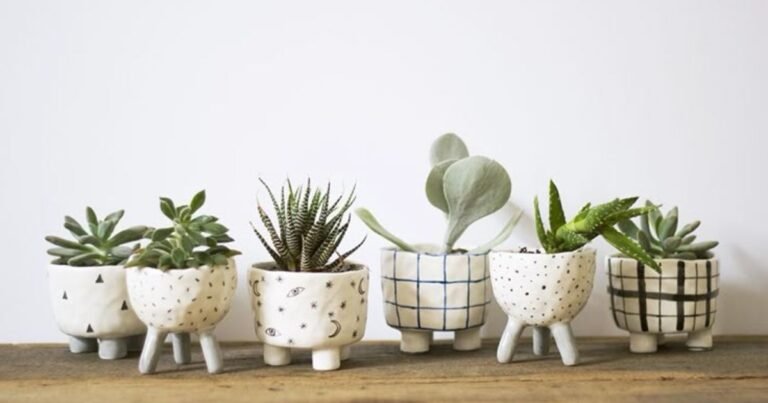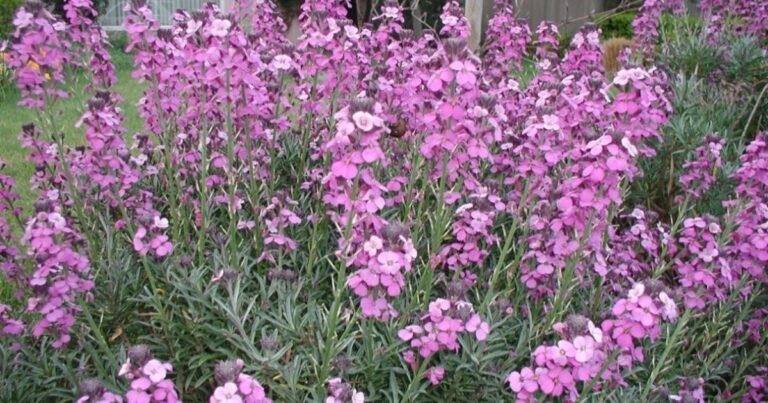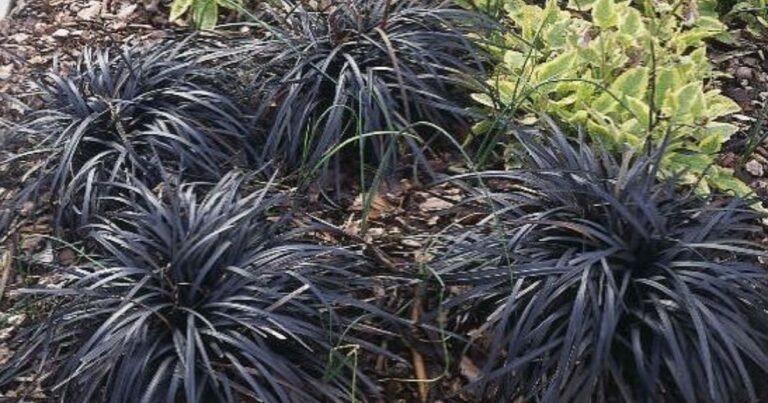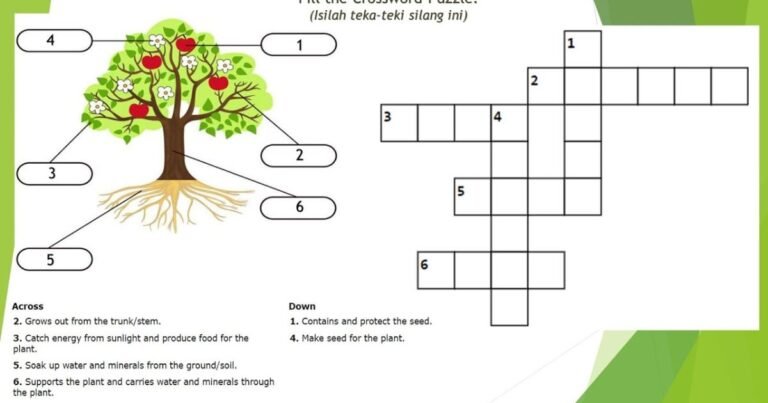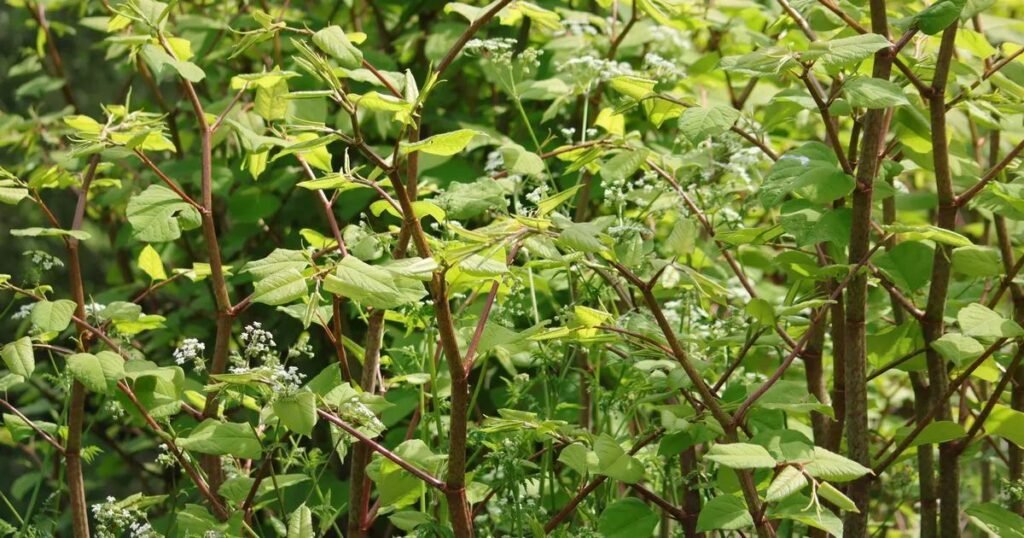
Not every fast-growing plant is Japanese knotweed — know the differences.
Imagine this: you spot a tall, fast-growing plant in your garden and suddenly panic. Could it be Japanese knotweed? Before calling in specialists or worrying about property damage, take a breath. This guide breaks down the most mistaken plants that look like Japanese knotweed, so you know exactly what you’re dealing with and what’s just a harmless lookalike.
Why Does It Matters If You Misidentify Japanese Knotweed?
Japanese knotweed isn’t just a garden nuisance it’s classified as an invasive species in many regions. Misidentifying it can lead to:
- Expensive removal costs
- Unnecessary property damage anxiety
- Legal implications when selling property
That’s why correctly identifying mistaken plants that look like Japanese knotweed is not just a hobby gardner’s concern it’s essential for homeowners, landlords, and even tenants.
What Does Japanese Knotweed Actually Look Like?
Before spotting a lookalike, you need to know the real deal:
- Bamboo-like stems
- Heart or shovel-shaped leaves
- Grows up to 3 meters
- Hollow stalks with red/purple flecks
- White flowers in late summer
Its rapid spread and root depth make it dangerous to structures, gardens, and ecosystems. This profile often causes broad match keywords like plants mistaken for knotweed to show up in online forums and reports.Exploring eco-friendly gardening or sustainable plant choices? Learn how Circulance plants contribute to a circular economy and why they’re gaining attention.
Common Mistaken Plants That Look Like Japanese Knotweed
These plants are commonly misidentified but don’t need panic or a removal quote.
Dogwood (Cornus species)
Dogwood stems may be red and upright like knotweed, especially in winter. But their leaf shape is elongated, not shovel-shaped. Dogwoods don’t spread invasively.
Bamboo
The most obvious Japanese knotweed look alike. Bamboo also has jointed, hollow stems and fast growth but its leaves are long and narrow. It grows in distinct clumps, unlike knotweed’s thick, weedy mass.
Bindweed
This climbing vine is often confused due to its rampant spread. However, bindweed has trumpet-shaped flowers and twines around structures knotweed grows upright.
Houttuynia cordata (Chameleon plant)
The leaf shape can resemble knotweed, and it also spreads. But it has a strong citrus smell and heart-shaped leaves with vibrant red and yellow edges.
Russian Vine (Mile-a-minute)
A close knotweed lookalike but it climbs aggressively and flowers earlier in summer. Its leaf shape is less defined, and it tends to wrap structures, not punch through them.
Signs It’s Not Japanese Knotweed
Here’s what to look for when trying to avoid a misdiagnosis:
- No red flecks on the stems
- Leaves are alternate, not opposite
- The plant is climbing (not upright)
- Flowers bloom earlier than late summer
- Growth appears in clumps, not dense stands
If the plant you’re unsure about doesn’t match at least 3-4 of knotweed’s unique traits, chances are you’re just looking at a plant commonly mistaken for Japanese knotweed not the real threat.
Why Misidentification Happens So Often?
Fear. Google images. And a lack of botanical education.Homeowners often turn to image searches, forums, or garden groups and quickly land on knotweed scare stories. With the cost of removal running into the thousands, it’s no surprise that mistaken plants that look like Japanese knotweed are misreported every week.Even surveyors can get it wrong that’s why knowledge is key.
What Should You Do If You’re Unsure?
- Take clear photos of the stem, leaf shape, and flower.
- Compared to known knotweed characteristics.
- Use trusted online plant ID services or speak to a qualified local expert.
You can also contact trusted community forums like One Parish where locals often help identify what’s growing in your garden
How to Prevent Real Knotweed Spread?
If it is knotweed, handle it carefully:
- Never dig or mow it; this helps it spread.
- Contact licensed removal services.
- Avoid composting if its roots regrow easily.
But if it’s one of the mistaken plants that look like Japanese knotweed, relax enjoy your garden.
Why You Shouldn’t Rely Only on Internet Photos?
Photos can’t show growth patterns, stem hollowness, or underground root behavior. Knotweed is often identified by how it behaves over time, not just what it looks like in June.That’s why broad match keywords like knotweed identification tips or plants similar to Japanese knotweed trend because people want second opinions before taking action.
Conclusions
Most of the time, it’s a false alarm. The truth is, mistaken plants that look like Japanese knotweed cause more stress than actual infestations. Learn the traits. Know what to look for. And when in doubt, ask for expert input not just Google.Join local garden ID conversations at One Parish — a helpful resource to connect with plant lovers near you.
Frequently Asked Questions
How do I know if it’s Japanese knotweed or not?
Check the stems (hollow with red flecks), leaf shape, and flowering time. It grows upright and aggressively.
What plants look similar to Japanese knotweed?
Common ones include bamboo, bindweed, dogwood, and Russian vine.
Can a surveyor mistake Japanese knotweed?
Yes, even professionals can misidentify it. Always request a second opinion if unsure.
What happens if I wrongly report Japanese knotweed?
It could impact your property value or sale, and unnecessary removal may cost thousands.
